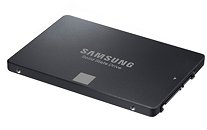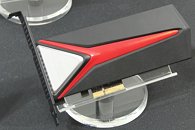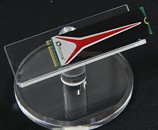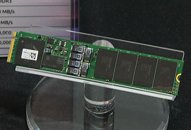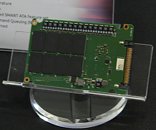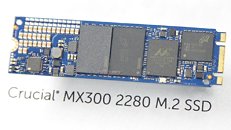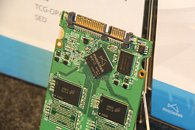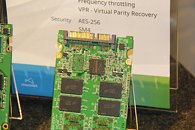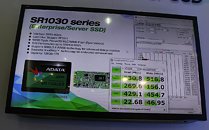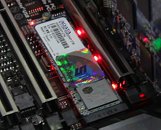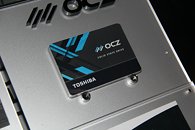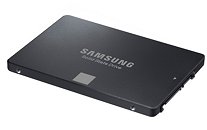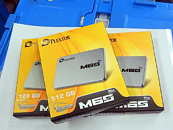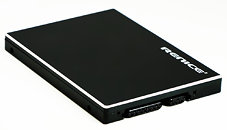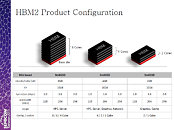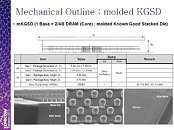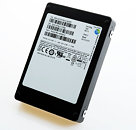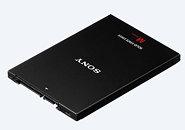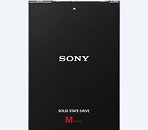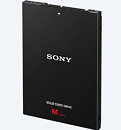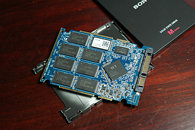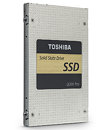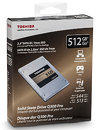
Toshiba Announces New BG SSDs with 3-Bit-Per-Cell (TLC) BiCS Flash
Toshiba America Electronic Components, Inc. (TAEC), a committed technology leader, will showcase its new BG series solid state drive (SSD) family featuring cutting-edge BiCS FLASH with 3-bit-per-cell TLC (triple-level cell) technology and Toshiba's new single-package ball grid array (BGA) NVMe PCI Express (PCIe) Gen3 x2 SSD at the 2016 Flash Memory Summit held in Santa Clara, California between August 8 - 11. Delivering a smaller footprint, lower power consumption and better performance than traditional storage options, the BG SSD series is purpose-built for the future wave of ultra-thin mobile PCs, including 2-in-1 convertible notebooks and tablets.
With a surface area 95 percent smaller than conventional 2.5-inch SATA storage devices and 82 percent smaller than M.2 Type 22806, the Toshiba BG series condenses both the controller and NAND flash memory in a single 16 mm x 20 mm BGA package enabling device manufacturers to prioritize features like battery capacity for longer operating times. The BG series is also available mounted on a M.2 Type 22307 module for applications requiring socketed storage. BG SSDs utilize BiCS FLASH, a three-dimensional (3D) stacked cell structure, making it possible to accommodate up to 512 GB of storage capacity in this high-performance and compact form factor. Additionally, the BG series SSDs utilize an in-house Toshiba-developed controller and firmware for a full, vertically developed solution, ensuring technology is tightly integrated for optimal performance, power consumption and reliability.
With a surface area 95 percent smaller than conventional 2.5-inch SATA storage devices and 82 percent smaller than M.2 Type 22806, the Toshiba BG series condenses both the controller and NAND flash memory in a single 16 mm x 20 mm BGA package enabling device manufacturers to prioritize features like battery capacity for longer operating times. The BG series is also available mounted on a M.2 Type 22307 module for applications requiring socketed storage. BG SSDs utilize BiCS FLASH, a three-dimensional (3D) stacked cell structure, making it possible to accommodate up to 512 GB of storage capacity in this high-performance and compact form factor. Additionally, the BG series SSDs utilize an in-house Toshiba-developed controller and firmware for a full, vertically developed solution, ensuring technology is tightly integrated for optimal performance, power consumption and reliability.


